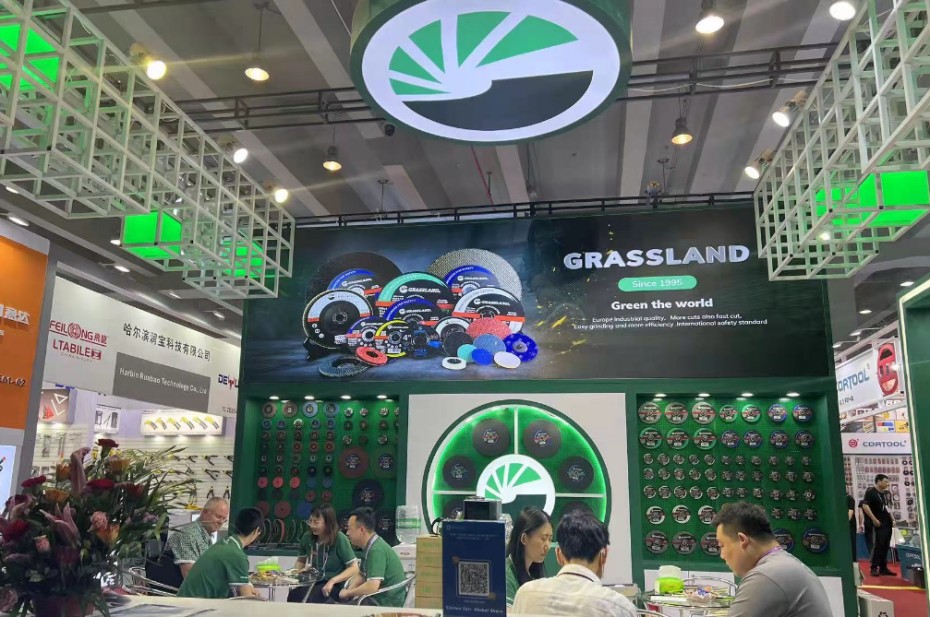

Experience with various projects strengthens one's adaptability in different situations. In scenarios like cutting intricate shapes or working in tight spaces, experience provides insight into maneuvering the tool confidently. Familiarity with the angle grinder's balance and feedback can significantly separate a novice from a seasoned professional. For best results, track your progress and adjust your technique as needed. Variations in material thickness and ambient conditions like temperature can affect cutting dynamics. Observing how the aluminum responds and making real-time adjustments improves precision and productivity. Additionally, understanding ventilation's role during the process is critical. Aluminum cutting can release fine particles that, if inhaled, pose health risks. Ensure adequate ventilation in the workspace and consider using dust masks for added precaution. This attention to air quality reinforces an authoritative stance on safety and best practices. Finally, the purchasing decision of angle grinder and aluminum cut-off wheels should consider factors like tool compatibility, expected workload, and brand reputation. Investing in reputable brands known for quality and durability can enhance your projects' efficiency and outcome. The market offers many options, but those with balanced performance and safety features tend to deliver the best returns on investment. In summary, using an angle grinder with an aluminum cut-off wheel involves several layers of knowledge—from choosing the right tools and materials to employing expert techniques and ensuring safe practices. Professionals relying on this combination will benefit from enhanced cutting precision, improved safety, and the satisfaction of producing high-quality results consistently. With these insights, users can trust that their skillset is augmented by a deep comprehension of their tools, allowing for superior craftsmanship and professional growth.
Post time:Feb - 10 - 2025

















